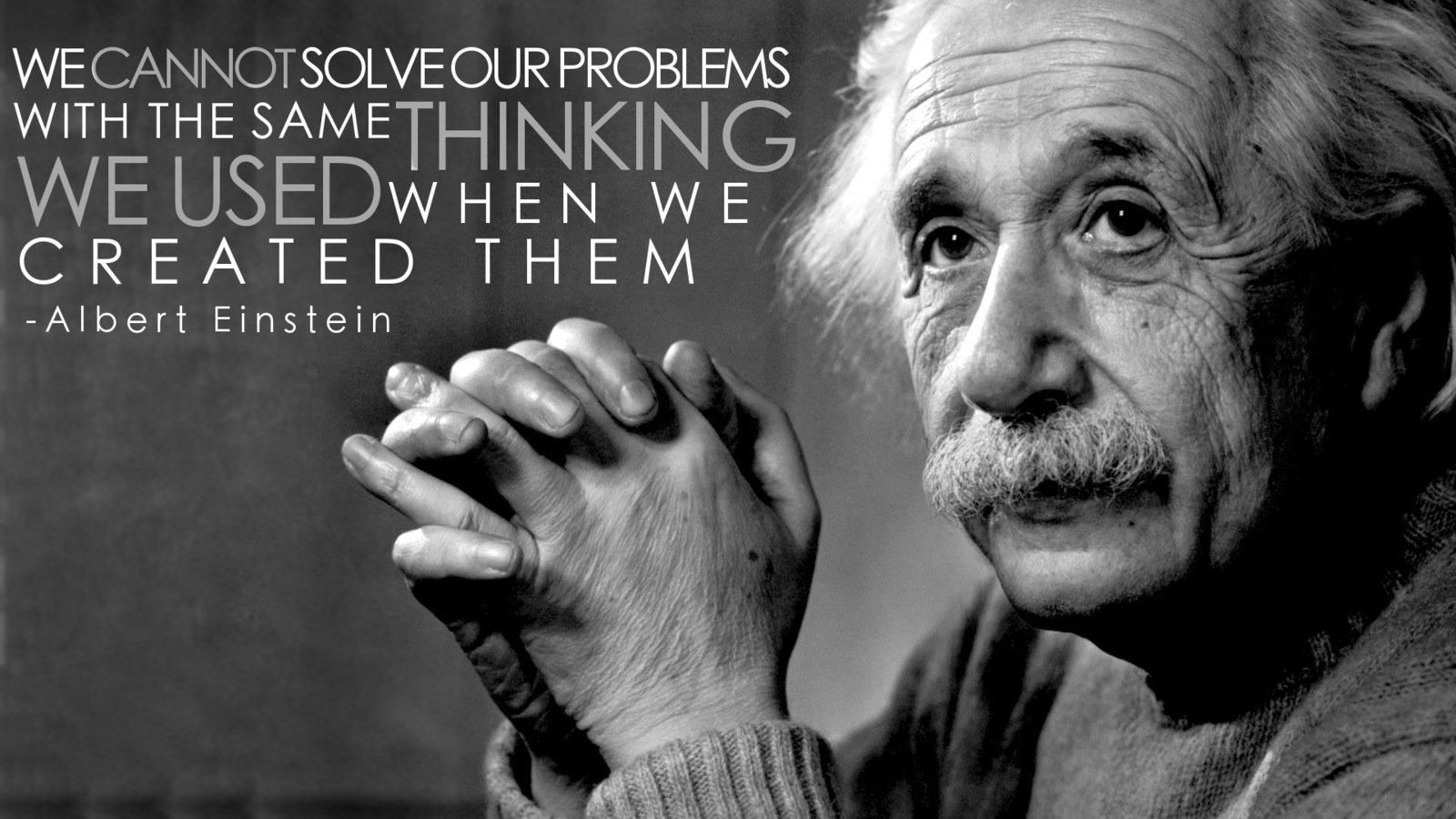We’ve seen that the world we know today will change significantly, disrupted even. What is uncertain is the pace and the scale of the changes. We will need to move forward and aim to make it better for all of us in this world. Best we get ready.
What is organisation culture? What are the dimensions to culture?
Organisation culture is quite hard to define.
Many seem to agree that organisation culture refers to the organisations’ values, beliefs, habits and how it interacts with different peoples or stakeholders.
Those are certainly some of the dimensions of organisation culture. But are there any others? What about how the culture is incentivised, i.e. its motivations? What about its speed of action, its urgency? Any others?
Would it be fair to explore organisation culture in the following dimensions (and are they the right dimensions)?
- values
- beliefs
- habits, customs and norms
- interactions with others
- customers
- employees
- owners
- competitors
- partners
- government
- regulators
- technology
- motivations and incentives
- speed of action
- dealing with problems
- fears
- interests
I would like to discuss and explore these further. Only once we understand what is organisation culture, only then can we determine how we understand what creates this culture, so we can work with it, or even “re-boot” it.
So feel free to comment below, or even tweet me.
Colourful offices to inspire creativity and innovation, like Google?
Amongst many things, Google is also well known for its creatively designed office and work spaces. The logic behind the colourful and playful design is to create environments that can nurture creativity and innovation within the people that work in these places. Google is acknowledged as one of the most innovative companies in the past decade or so with a variety of products and services that are significantly impacting and changing our lives.
This is quite a common trait of many tech companies too. And similarly these companies also adopt conditions that are designed to encourage creativity and innovation.
Of course, such conditions are not only confined to office space design. Values, management practices, and leadership play equally big roles.
I believe that environment shapes culture, and in the case of Google and the likes, how much do you think the office and work space design (colourful and playful) contribute towards the respective organisation’s innovative culture?
6 management books as references for Management reinvented for a VUCA world
Management is in need of a major rethink.
We live in a volatile, uncertain, complex and ambiguous (“VUCA”) world – where we have very little ability to control or predict what will happen in our near future. This reality is also true in organisations that rely on knowledge, information and ideas, as opposed to activities that rely on a production line system. Unless you work on the factory floor, or some form of production line – chances are you will be dealing with quite an amount of VUCA.
For some time management has been aiming at trying to control, predict and eliminate the VUCA, but it is a losing battle. VUCA is the reality, and no amount of management can eliminate it. After all, you can never really predict nor forecast the future now can you?
Management as we know it was invented at the time of the Industrial Revolution whereby, human capital was just seen as tools in a production line created in order to make widgets at scale, faster and more efficiently. Industrial Age management emphasised control, conformity, predictability and efficiency.
In many situations today, such production lines are increasingly automated or outsourced to cheaper locations. What many organisations have left to do is to respond to the changing customer demands and technology disruptions, amongst many other changes. Unfortunately, management still employs processes and practices that were created for the production line in a futile aim of controlling and predicting outcomes. Continue reading “6 management books as references for Management reinvented for a VUCA world”
3 reasons why innovation is the only way out of this rut
The world is changing so quickly that whatever we know now is quite simply out of date already. What got us here, won’t get us where we want to go next. A new thinking is required.
Economies, like businesses, are stagnating – creating huge stresses within society and environment. No new wealth is created, but wealth is instead being recycled from existing resources. Population is growing, resources are depleting and the economy is plateauing. Social welfare is at risk, as resources become more expensive but wages stagnate with the economy. Distribution of wealth remains unchanged: no new businesses are created, and wealth continues to remain within existing circles. Of course, the rate of stagnation varies from one country / society to another. So the issue of stagnation may be more, or less, apparent in different countries / societies. That being said, the trend of reducing marginal utility is quite commonly seen as countries / societies develop or progress.
To address this reality, big problems have to be solved; we must adapt to changing variables; and create new opportunities and new wealth for society.
This is the innovation process. While invention is the process of converting value into ideas, innovation is about converting ideas into value. With new value, comes new opportunities, adaptability to change, and problems newly solved. Continue reading “3 reasons why innovation is the only way out of this rut”






















